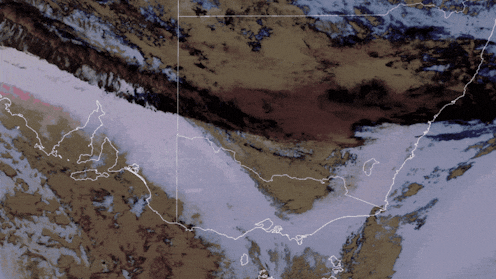- Select a language for the TTS:
- UK English Female
- UK English Male
- US English Female
- US English Male
- Australian Female
- Australian Male
- Language selected: (auto detect) - EN
Play all audios:
THE Mid-Atlantic Ridge (MAR) between the Kane and Atlantis fracture zones consists of segments 20–85 km in length1; bull's-eye patterns in the mantle Bouguer gravity anomaly field2 centred
on several segments associated with narrow rift valleys3 have been interpreted as centres of strong mantle upwelling and thick crust. Here I present a map of normal faults inferred from ∼5 ×
104 km2of Sea Beam bathymetry4 along the MAR between 28° N and the Atlantis fracture zone. Faults are mapped both on- and off-ridge using a criterion that distinguishes them from volcanic
topography. Abyssal hill lineations seem to form at the rift valley walls through the growth of the normal faults; towards ridge segment ends these faults are more widely spaced, with larger
throws than those at segment centres, and often define the boundaries of the gravity bull's-eyes. These two different faulting styles, which probably reflect changes in lithospheric
strength, are preserved into the rift mountains. Large-throw faults are highly correlated with the mantle Bouguer highs, suggesting that amagmatic extension on the large faults contributes
to the crustal thinning inferred towards the segment ends.
Anyone you share the following link with will be able to read this content:









